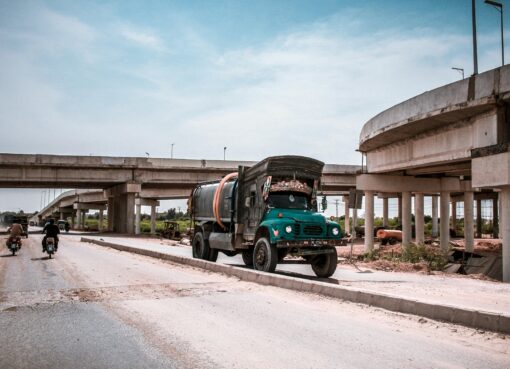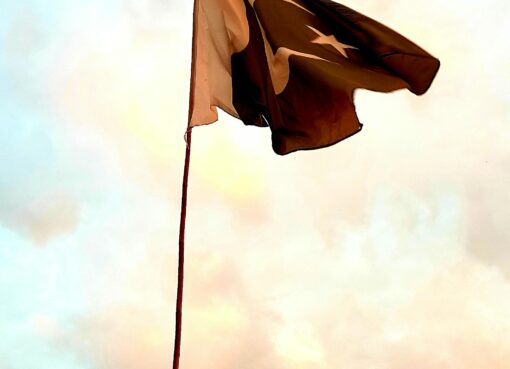The Enchanting Folk Dance of Pakistan: A Celebration of Culture and Tradition

Pakistan is a country rich in cultural diversity, with each province and region contributing its own vibrant traditions to the national tapestry. Among the most captivating of these traditions is the art of folk dancing. Folk dances in Pakistan are more than just entertainment; they are a celebration of history, identity, and community. Each region’s dance carries its unique rhythms, movements, and meanings that reflect the local way of life. Let’s dive into some of the most beloved folk dances in Pakistan and what makes them so enchanting.
Bhangra: The Dance of Joy
Originating from Punjab, Bhangra is one of the most well-known and energetic folk dances in Pakistan. Traditionally performed during the harvest season, Bhangra is now a popular form of dance at weddings, festivals, and various celebrations. With its upbeat tempo, colorful costumes, and rhythmic footwork, Bhangra embodies joy, happiness, and festivity.
The dancers, usually men, move in sync to the beat of the dhol (a large drum), performing dynamic jumps, kicks, and spins. The energy is contagious—whether you’re watching or participating, it’s impossible not to feel the rhythm surge through your veins. Bhangra has even transcended its cultural roots, making its way into modern pop culture and international performances.
Khattak: The Warrior Dance
From the Khyber Pakhtunkhwa region comes the fierce and majestic Khattak dance. Performed by the Pashtun tribes, this dance was originally practiced by warriors before going into battle. Today, it is performed to celebrate bravery, strength, and courage. Khattak dancers are traditionally men, wielding swords as they execute rapid spins and synchronized movements.
The dance begins slowly, gradually picking up speed until it becomes a mesmerizing whirlwind of motion, swords flashing in the air. Khattak is not only a display of physical prowess but also a representation of the rich warrior history of the Pashtun people.
Ho Jamalo: Sindh’s Spirited Dance
Sindh, a province known for its rich cultural heritage, offers the lively Ho Jamalo dance. This folk dance is performed to the beat of the traditional Sindhi drum, with participants, both men and women, dancing in large circles. Ho Jamalo is often performed during festivals, weddings, and national celebrations.
The beauty of Ho Jamalo lies in its simplicity and its ability to bring people together. The dancers move gracefully to the beat, their movements symbolizing unity and happiness. The accompanying song, which repeats the phrase “Ho Jamalo,” has become a symbol of Sindhi pride and cultural identity.
Attan: The Dance of Unity
Attan, the traditional dance of the Pashtun people, is a mesmerizing dance performed in large circles, usually by men. It holds deep cultural and spiritual significance, often performed at weddings, tribal meetings, and other important gatherings. The dance starts with slow, steady steps, but as the music builds, so does the intensity and pace of the dancers’ movements.
What makes Attan unique is its communal aspect—it’s not about individual performance but about the entire group moving as one. The dancers’ coordinated movements symbolize harmony, unity, and shared cultural identity. The drumbeat acts as the heart of the dance, with the rhythmic stomps and spins reflecting the deep connection between the people and their land.
Conclusion: A Tapestry of Traditions
Pakistan’s folk dances are a testament to the country’s rich and diverse cultural heritage. Whether it’s the lively Bhangra, the spirited Ho Jamalo, the fierce Khattak, or the unifying Attan, these dances are more than just performances—they are stories told through movement, rhythm, and tradition. They celebrate the joys and struggles of the people, keeping their heritage alive across generations.



Leave a Comment